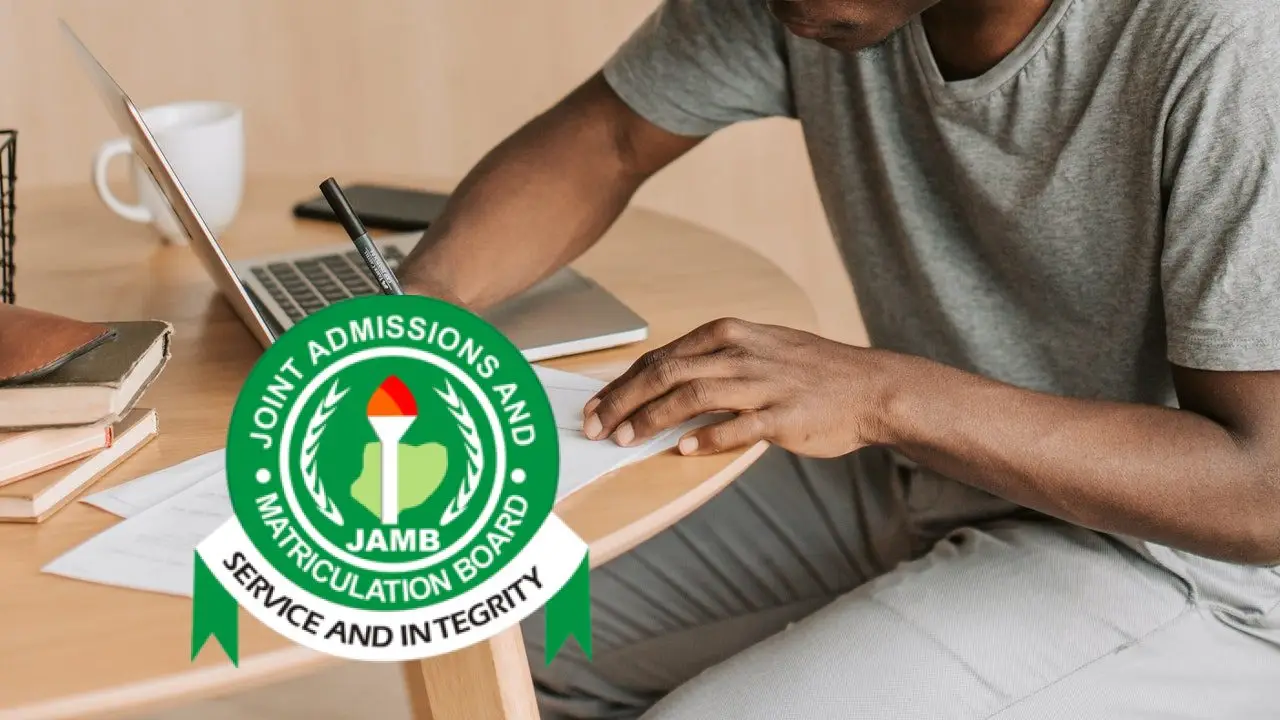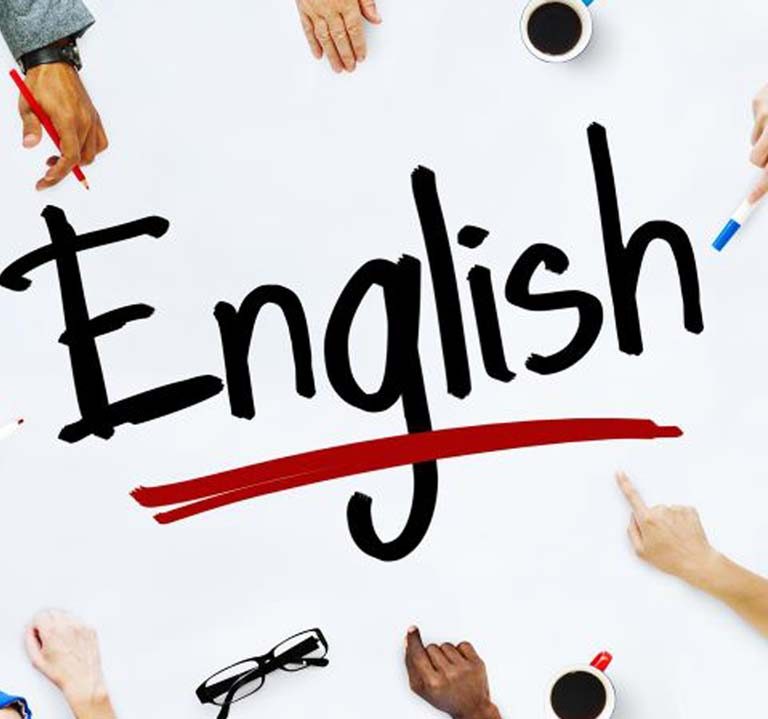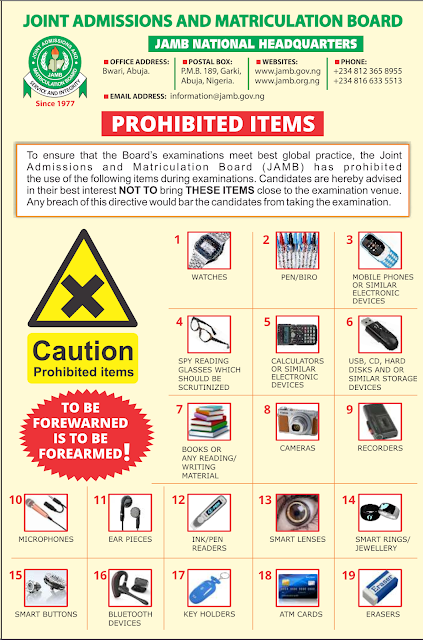JAMB 2025 Physics Syllabus
Introduction:
JAMB 2025 Physics Syllabus aims to prepare candidates for the Board’s examination. It is designed to test the candidates’ achievement of the following objectives:
- Sustain their interest in physics.
- Develop attitudes relevant to physics that encourage accuracy, precision, and objectivity.
- Interpret physical phenomena, laws, definitions, concepts, and other theories.
- Demonstrate the ability to solve physics problems using relevant theories and concepts.

Table of Contents
- Introduction:
- 1. MEASUREMENTS AND UNITS
- 2. Scalars and Vectors
- 3. Motion
- 4. Gravitational Field
- 5. Equilibrium of Forces
- 6. Work, Energy, and Power
- 7. Friction
- 8. Simple Machines
- 9. Elasticity
- 10. Pressure
- 11. Liquids at Rest
- 12. Temperature and Its Measurement
- 13. Thermal Expansion
- 14. Gas Laws
- 15. Quantity of Heat
- 16. Change of State
- 17. Waves
- 18. Propagation of Sound Waves
- 19. Light Energy
- 20. Reflection and Refraction of Light
- 21. Optical Instruments
- Recommended Texts
1. MEASUREMENTS AND UNITS
Topics:
- Length, area, and volume: Metre rule, Vernier calipers, Micrometer screw gauge, measuring cylinder.
- Mass: Unit of mass, use of simple beam balance, concept of beam balance.
- Time: Unit of time, time-measuring devices.
- Fundamental and derived physical quantities and their units.
- Dimensions: Definition, simple examples.
- Limitations of experimental measurements, accuracy of measuring instruments, significant figures, standard form.
Objectives:
Candidates should be able to:
- Identify units of length, area, and volume.
- Use different measuring instruments.
- Determine the dimensions and units of physical quantities.
- Test the homogeneity of equations and estimate errors.
2. Scalars and Vectors
Topics:
- Definition of scalar and vector quantities.
- Examples of scalar and vector quantities.
- Relative velocity.
- Resolution of vectors, graphical methods of solution.
Objectives:
Candidates should be able to:
- Distinguish between scalar and vector quantities.
- Resolve vectors into two perpendicular components.
- Solve vector problems graphically.
3. Motion
Topics:
- Types of motion: Translational, oscillatory, rotational, spin, and random.
- Linear motion: Speed, velocity, acceleration, equations of motion, motion under gravity.
- Projectiles: Calculation of range, maximum height, time of flight, and applications.
- Newton’s laws of motion.
- Motion in a circle: Angular velocity, centripetal and centrifugal forces.
- Simple Harmonic Motion (S.H.M).
Objectives:
Candidates should be able to:
- Solve problems on types of motion, speed, velocity, acceleration, and projectile motion.
- Apply Newton’s laws of motion and the law of conservation of linear momentum.
- Solve problems on motion in a circle and S.H.M.
4. Gravitational Field
Topics:
- Newton’s law of universal gravitation.
- Gravitational potential and acceleration due to gravity.
- Escape velocity, parking orbit, weightlessness.
Objectives:
Candidates should be able to:
- Apply Newton’s law of universal gravitation.
- Determine escape velocity and understand variations in gravity on Earth.
5. Equilibrium of Forces
Topics:
- Equilibrium of coplanar forces.
- Triangular and polygon laws of forces.
- Lami’s theorem, moment of force, and simple applications.
- Conditions for equilibrium of rigid bodies.
- Centre of gravity and stability.
Objectives:
Candidates should be able to:
- Apply equilibrium conditions to solve problems.
- Use Lami’s theorem to solve equilibrium problems.
- Determine the moment of a force and couple.
6. Work, Energy, and Power
Topics:
- Definition of work, energy, and power.
- Conservation of energy and its applications.
- Sources of energy: Renewable and non-renewable energy.
Objectives:
Candidates should be able to:
- Solve numerical problems on work, energy, and power.
- Identify energy sources and their environmental impact.
7. Friction
Topics:
- Static and dynamic friction, coefficient of limiting friction.
- Advantages and disadvantages of friction.
- Viscosity, terminal velocity, and Stoke’s law.
Objectives:
Candidates should be able to:
- Determine the coefficient of limiting friction and analyze the factors affecting viscosity.
8. Simple Machines
Topics:
- Definition and types of simple machines.
- Mechanical advantage, velocity ratio, and efficiency of machines.
Objectives:
Candidates should be able to:
- Solve problems involving simple machines.
9. Elasticity
Topics:
- Elastic limit, yield point, breaking point, Hooke’s law, and Young’s modulus.
- Work done per unit volume in springs and elastic strings.
Objectives:
Candidates should be able to:
- Interpret force-extension curves and use Hooke’s law to solve problems.
10. Pressure
Topics:
- Atmospheric pressure and its measurement.
- Pressure in liquids: Relationship between pressure, depth, and density.
- Pascal’s Principle.
Objectives:
Candidates should be able to:
- Measure and calculate pressure and apply Pascal’s Principle.
11. Liquids at Rest
Topics:
- Determination of density of solids and liquids.
- Archimedes’ principle, upthrust on a body immersed in liquid.
Objectives:
Candidates should be able to:
- Apply Archimedes’ principle and law of flotation to solve problems.
12. Temperature and Its Measurement
Topics:
- Thermometric properties, types of thermometers, and temperature scales (Celsius and Kelvin).
Objectives:
Candidates should be able to:
- Calibrate thermometers and convert between temperature scales.
13. Thermal Expansion
Topics:
- Linear, volume, and area expansivities in solids and liquids.
- Anomalous expansion of water.
Objectives:
Candidates should be able to:
- Determine linear and volume expansivities and analyze applications.
14. Gas Laws
Topics:
- Boyle’s, Charles’, and Pressure laws.
- Ideal gas equation, Van der Waals gas equation.
Objectives:
Candidates should be able to:
- Interpret the gas laws and solve problems using these equations.

15. Quantity of Heat
Topics:
- Heat capacity and specific heat capacity.
- Methods for determining heat capacity and specific heat capacity.
Objectives:
Candidates should be able to:
- Solve problems involving heat capacity and specific heat.
16. Change of State
Topics:
- Latent heat, melting, boiling, and influence of pressure.
Objectives:
Candidates should be able to:
- Solve problems on latent heat and differentiate between melting, evaporation, and boiling.
17. Waves
Topics:
- Wave motion, frequency, wavelength, and wave velocity.
- Types of waves: Mechanical and electromagnetic.
Objectives:
Candidates should be able to:
- Solve problems on wave motion and differentiate between types of waves.
18. Propagation of Sound Waves
Topics:
- Necessity for material medium, speed of sound in solids, liquids, and air.
Objectives:
Candidates should be able to:
- Solve problems involving sound wave propagation and speed.
19. Light Energy
Topics:
- Sources of light, propagation of light, speed, frequency, and wavelength.
Objectives:
Candidates should be able to:
- Solve problems using the principles of light propagation.
20. Reflection and Refraction of Light
Topics:
- Laws of reflection and refraction, refractive index.
Objectives:
Candidates should be able to:
- Solve problems involving reflection and refraction of light.
21. Optical Instruments
Topics:
- Principles of microscopes, telescopes, and other optical instruments.
Objectives:
Candidates should be able to:
- Solve problems related to the working of optical instruments.
Recommended Texts
- Ike E.E (2014) Essential Principles of Physics, Jos: ENIC Publishers.
- Ike E.E (2014) Numerical Problems and Solutions in Physics, Jos: ENIC Publishers.
- Nelson M. (1977) Fundamentals of Physics, Great Britain: Hart Davis Education.
- Nelson M. and Parker (1989) Advanced Level Physics (Sixth Edition), Heinemann.
- Okeke P.N and Anyakoha M.W. (2000) Senior Secondary School Physics, Lagos: Pacific Printers.
This is the official JAMB 2025 Physics syllabus for your reference and preparation.







